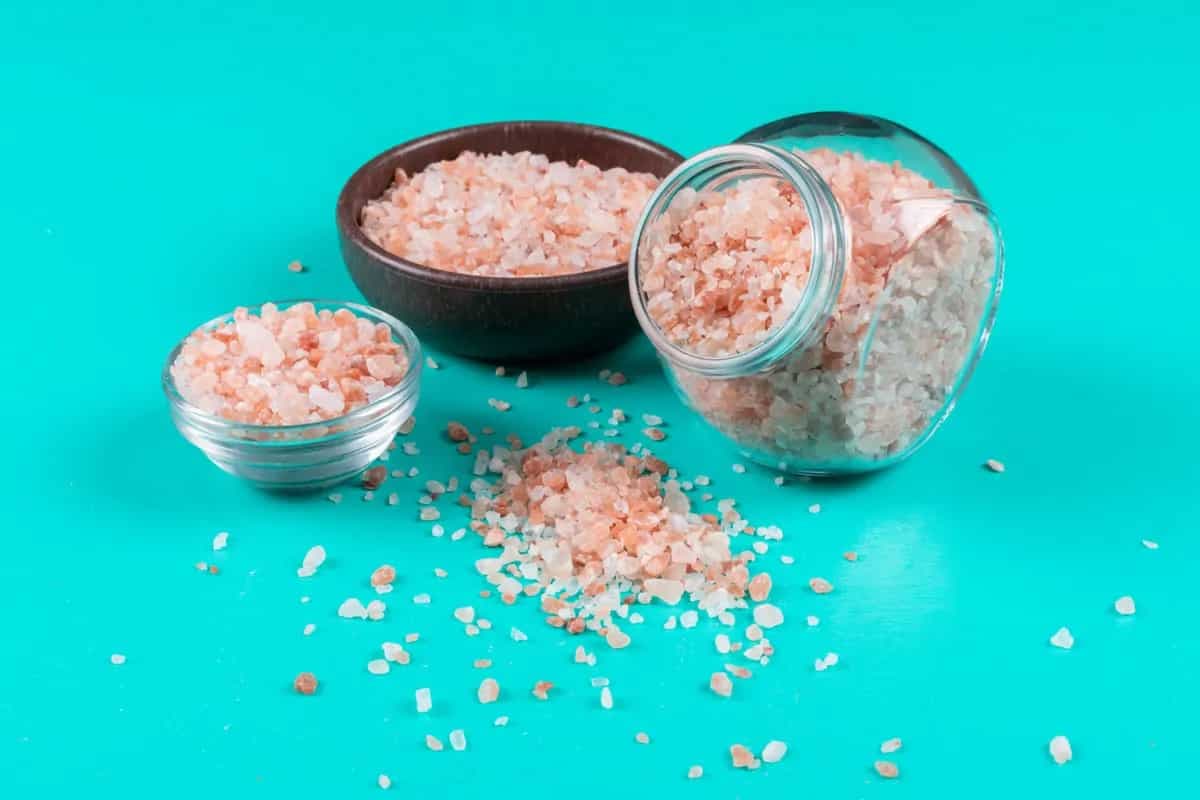‘Take it with a pinch of salt’ might have come to mean ‘take it lightly’ or ‘don’t pay too much attention to it’. But when it comes to salt, we’re here to tell you, that’s not true. Sit up and take notice, because salt has the power to transform your cooking and enhance your health. With the variety of salts used across the country, you’re missing out if you aren’t incorporating different salts in your diet. Here’s a peek into the variety of salts the country has to offer and their uses.
Fasting And The Role Of Salt
In several parts of the country, Hindus observe a strict fast during Navratri, a festive period associated with worshipping the nine incarnations of goddess Durga. During this time, abstinence from non-vegetarian food, alcohol, onion, garlic is prescribed. Among these restrictions is table salt.

Rock salt, called sendha namak locally, comes to the rescue at this time. While making ‘fast foods’ or vrat recipes, this type of rock salt also known as Himalayan crystal salt (typically found in the Himalayan mountains of the Indian subcontinent) is used. Sendha, known as 'Saindhava' in Sanskrit is pinkish-brown in colour due to the presence of trace minerals Its flavour profile is different from table salt and milder on the palette, making it ideal for dishes where you want the other delicate flavours of the ingredients to shine.
Salting Fish For Rainy Days
Along the coastline of India, the practice of salting fish in the summer months is common practice, making the most of the hot sunny days for this purpose. The first mithache agor or salt pan was used to extract salt from the sea water of Goa over 2000 years ago. The mittkaars who installed salt pans along the estuaries of the Chapora, Terekhol, Baga, Mandovi, Zuari, and Sal rivers praised the many uses of this mineral-rich salt.

Like coastal communities that love their fish and consume it as a staple, Goans enjoy salted fish with a bowl of pez over the monsoon season which follows, a time when all fishing stops and seafood is in short supply. Salted fish varieties of <x y z> are available along with small dried shrimp.
Pickling Salts
The term pickle has its origins in the Dutch ‘pekel’ or Northern German word ‘pókel’ which denote salt or brine. The ancient art of pickling originated at a time when foods needed to be preserved for long journeys. One of the preferred methods of preservation was salting and curing in brines.
The exact origins of the Indian pickle or “achar” are hard to determine. However, India has an abundance of pickle varieties with their recipes differing from one region to another. While mustard oil is typically used in the North, sesame oil is the preferred choice of pickling medium in the South. Along with this is a medley of region-specific spices that infuse a burst of flavor and health benefits. What remains constant is the use of salt as a preservative.
A Medley Of Sun And Salt To Make Dhoopkebab
In Deccan’s Telangana, sun dried lamb or beef is a meat eaters favourite. Dhoopkebab literally translates to sun kebab and is made by washing the meat, curing it with salt and leaving it out to dry till it hardens and is almost wood-like. Some people even marinate it with spices like <xyz>. Summer is when all the village festivals take place and meat is offered to the deity. The excess meat is dried for later. Once dry, the meat is tossed in oil with green chillies or more spices.
Flavoured Salts
Thought salt was merely a flavouring agent? Think again. Pahadi cuisine’s famous hara namak is delicious all on its own. It is made by pounding mint, garlic, coriander and chillies, then sprinkling kosher salt on it in parts, till its all absorbed and finally letting the aromatic salt dry in the sun. The drying process can take up to 5 days depending on weather conditions. Uttarakhand’s pisi loon is simply salt ground with herbs and spices while another popular favourite is daindoosa, a pungent mustard-seed and chilli flavoured salt.
Kala Namak In Street Food

Kala namak Himalayan black salt comes from the salt mines of India, Nepal, Bangladesh, Nepal, and other parts of the Himalayas. It has a pungent, sulphurous flavour profile that is an acquired taste and is used extensively in South Asian cuisines of India. Kala namal has several therapeutic properties. Some of these include reduction of acid, gas and flatulence and the ability to lower blood glucose levels when used in discrete amounts. Kala namak adds a distinct flavour to chaats, chutneys, cut fruit, raitas, salads, and several other savoury Indian snacks.
From flavouring to preservation and everything in between, salt is the most indispensable ingredient in our kitchens. It’s a sprinkle of magic.


